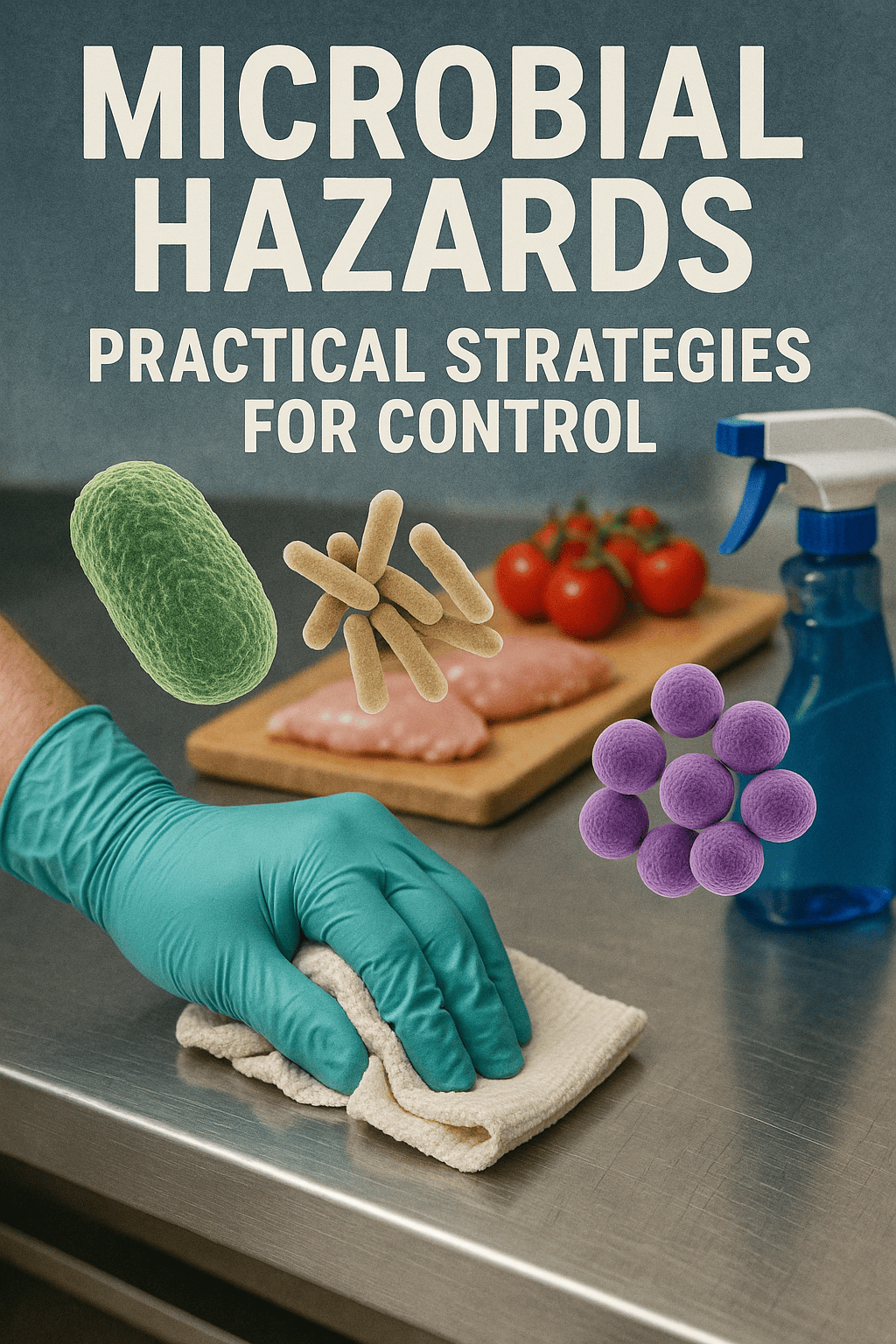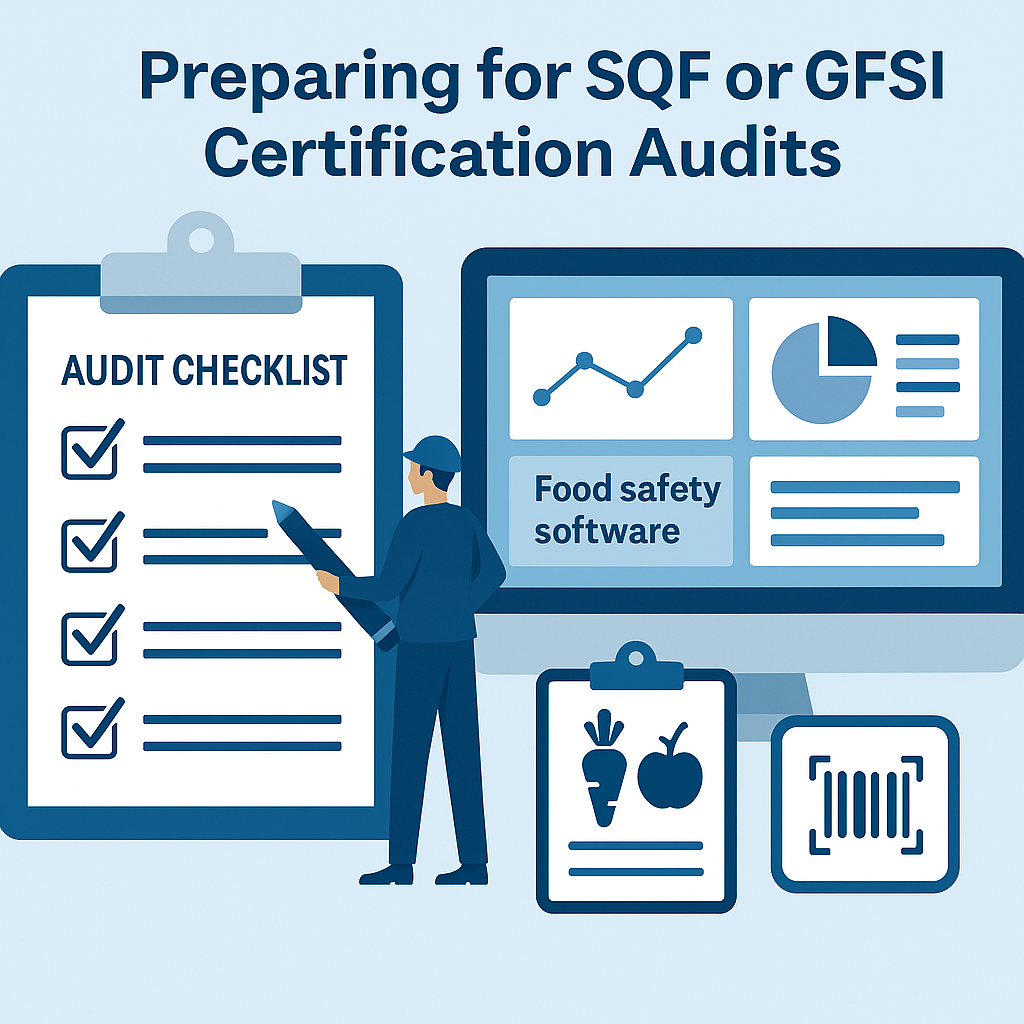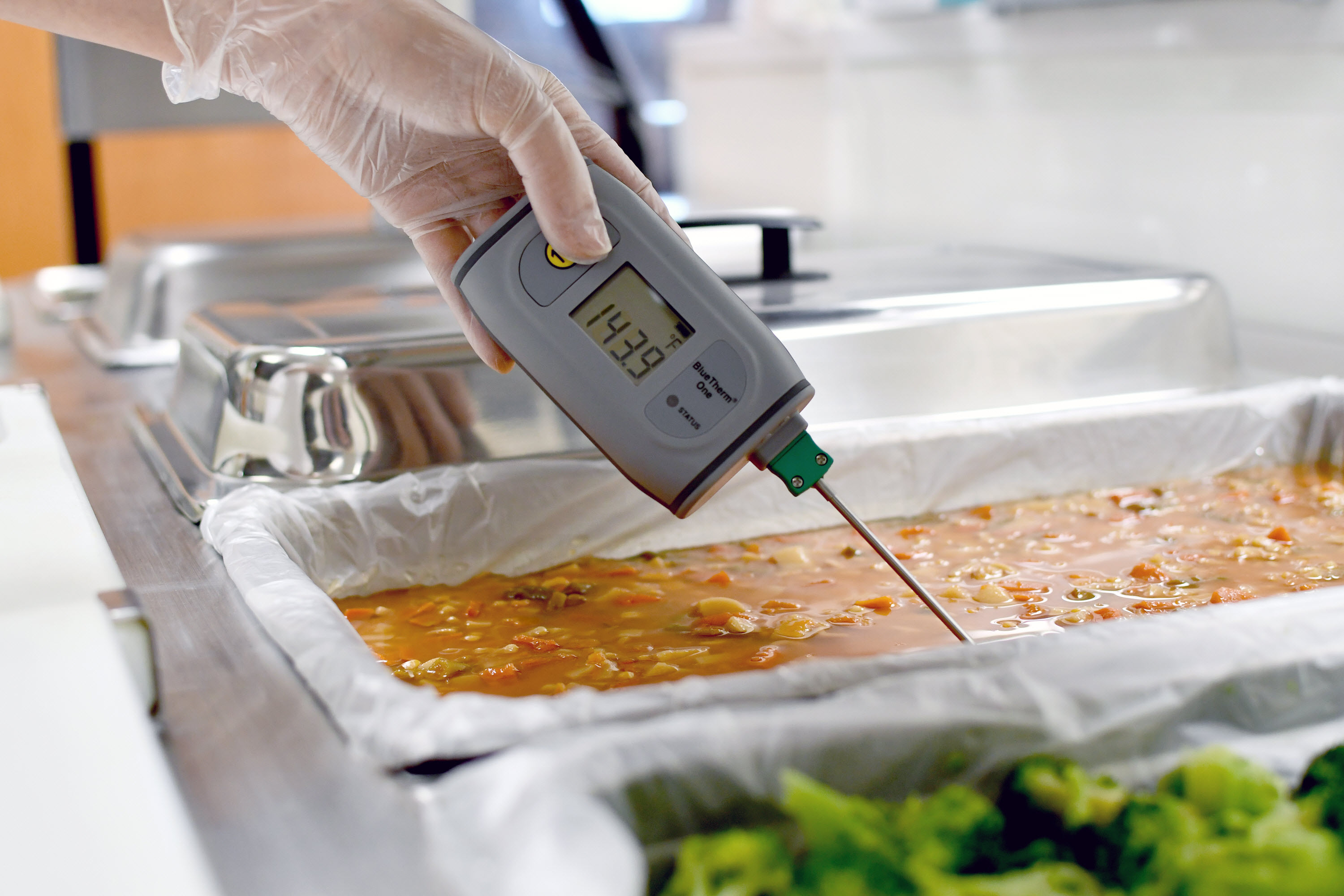In the food industry, where quality and compliance are non-negotiable, the effectiveness of your Corrective and Preventive Action (CAPA) system can make or break your food safety program. CAPA is not just a regulatory requirement—it’s a strategic tool that empowers organizations to identify root causes, resolve issues, and prevent recurrence. When executed correctly, CAPA strengthens your quality management system, reduces risk, and enhances customer trust.
Whether you’re dealing with a non-conformance, customer complaint, audit finding, or internal deviation, a structured and disciplined CAPA process is critical. For food safety professionals and C-level executives alike, mastering CAPA means moving beyond checkbox compliance and building a culture of continuous improvement.
What Is CAPA and Why Does It Matter?
CAPA stands for Corrective and Preventive Actions, a systematic approach to identifying, investigating, correcting, and preventing quality and compliance issues in a food safety management system.
-
Corrective Action addresses the root cause of a problem that has already occurred to prevent it from happening again.
-
Preventive Action focuses on identifying potential issues before they arise and implementing measures to avoid them.
CAPA is required under most global food safety certifications including SQF, BRCGS, ISO 22000, and FSMA compliance. However, beyond compliance, an effective CAPA program reduces risk, protects your brand, and drives operational excellence.
Why Many CAPA Programs Fail
While most organizations have a CAPA procedure in place, many fail to deliver the desired results. Common pitfalls include:
-
Treating symptoms instead of root causes
-
Inadequate documentation
-
Poor follow-up on action items
-
Lack of ownership or accountability
-
Manual systems that lead to missed deadlines and incomplete records
Digital transformation through food safety software can help mitigate these issues by automating workflows, centralizing data, and tracking deadlines.
Key Benefits of a Strong CAPA System
-
Reduced Recurrence of Issues
Addressing root causes ensures problems don’t repeat, saving time and resources in the long run. -
Improved Audit Readiness
Well-documented CAPA records impress auditors and demonstrate your commitment to continuous improvement. -
Increased Operational Efficiency
Identifying and eliminating waste, inefficiencies, or risks leads to smoother operations. -
Strengthened Food Safety Culture
A transparent and effective CAPA process fosters accountability and proactive thinking among employees.
Step-by-Step Guide to Implementing an Effective CAPA Program
Step 1: Identify the Problem or Risk
This could stem from a variety of sources:
-
Internal audits
-
External inspections
-
Customer complaints
-
Quality testing failures
-
Employee observations
Example: During a routine internal audit, a snack food manufacturer identifies that cleaning logs for a critical control point were incomplete over several shifts.
Step 2: Record the Non-Conformance
Log the issue formally in your CAPA system with details such as:
-
Date of occurrence
-
Area/department involved
-
Type of deviation or non-conformance
-
Person reporting the issue
Using food safety software ensures that these logs are not only standardized but also instantly accessible to relevant stakeholders.
Step 3: Assess the Risk
Determine the severity and potential impact of the issue. Many companies use risk scoring matrices based on:
-
Severity
-
Likelihood
-
Detectability
High-risk issues should trigger immediate containment and deeper investigation.
Step 4: Contain the Issue
Containment is a temporary measure to stop the issue from escalating while a root cause is being investigated.
Example: If a batch of product is found to contain an undeclared allergen, the affected stock is quarantined, and distribution is halted.
Step 5: Investigate Root Cause
This is the most critical step. Use structured root cause analysis techniques such as:
-
5 Whys
-
Fishbone (Ishikawa) diagrams
-
Failure Mode and Effects Analysis (FMEA)
Avoid blaming individuals and focus instead on processes, systems, or environmental factors.
Example: Investigation reveals that a new employee was unaware of the allergen cleaning protocol due to missed onboarding training.
Step 6: Develop Corrective Actions
Corrective actions should:
-
Eliminate the root cause
-
Be specific and measurable
-
Have assigned ownership
-
Include deadlines
Corrective Action Example: Update training procedures and require retraining for all new hires within the first week of onboarding.
Step 7: Develop Preventive Actions
Preventive actions go further to ensure similar issues do not arise in the future. These often involve systemic changes, such as:
-
Revising SOPs
-
Implementing new checks or sensors
-
Adding controls to supplier management processes
Preventive Action Example: Introduce a digital training checklist in your food safety software that flags incomplete employee onboarding tasks.
Step 8: Implement and Track
Once corrective and preventive actions are developed, execution must be monitored. Your CAPA system should automatically notify responsible individuals and track deadlines.
Modern food traceability software can link CAPA actions to relevant lots, suppliers, or shifts, improving traceability and accountability.
Step 9: Verify Effectiveness
This is often overlooked but is crucial. After implementing CAPA, verify whether the actions have effectively resolved the issue:
-
Re-inspect the process or product
-
Conduct spot audits
-
Monitor KPIs related to the issue
If the problem persists, return to root cause analysis and rework your plan.
Step 10: Close and Document
Once verified, formally close the CAPA and ensure all documentation is updated and archived. This includes:
-
The original problem report
-
Root cause analysis
-
Action plans
-
Verification records
-
Any changes to SOPs or training material
Real-World Example: CAPA in Action at a Ready-to-Eat Meals Facility
Scenario:
A ready-to-eat meals company discovers that some meal packages are reaching customers with incorrect expiry dates.
Problem Identification:
Issue reported by the QA team after a consumer complaint. Labeled shelf life was 14 days, but actual spoilage occurred in 9.
Root Cause:
The printer calibration schedule had been delayed due to missed maintenance, and date codes were shifted without QA validation.
Corrective Action:
-
Recalibrate label printers.
-
Quarantine and destroy affected product batches.
-
Notify retail partners.
Preventive Action:
-
Implement a digital maintenance checklist with alert reminders.
-
Update SOPs to require QA sign-off after any printer settings change.
Outcome:
Since implementation, no recurrence was reported. QA oversight compliance rose by 40%.
Integrating CAPA with Food Safety Software
Traditional paper-based CAPA systems are slow, fragmented, and difficult to scale. By integrating CAPA into your food safety software, you gain:
-
Automated alerts and deadline tracking
-
Cloud-based recordkeeping
-
Easy linking to audits, non-conformances, and training records
-
Real-time collaboration across departments
-
Robust audit trail for compliance verification
With a digital CAPA module, companies can respond faster, act more decisively, and scale improvements across multiple sites.
Building a Culture of Continuous Improvement
CAPA should not be limited to QA or compliance teams. An effective program engages cross-functional teams - operations, maintenance, procurement, and HR to identify risks and solve problems proactively.
Leadership also plays a crucial role. When C-level executives champion CAPA as a performance tool rather than a policing mechanism, it encourages openness and innovation.
Tip: Include CAPA KPIs in management dashboards to track recurring issues, response time, and closure rates. These metrics can help prioritize resource allocation and highlight systemic weaknesses.
Conclusion
Mastering CAPA is not just about fixing problems - it’s about preventing them before they happen and building a food safety system that is resilient, agile, and audit-ready.
By following a disciplined, step-by-step approach and integrating the right tools, your organization can reduce risks, enhance product quality, and meet regulatory standards with confidence.
Ready to streamline your CAPA process and go digital?
Book your personalized demo with NORMEX today: https://normex.ca/demo
Let us show you how our powerful food safety software helps you manage CAPA with efficiency, transparency, and confidence - so you’re always one step ahead.







